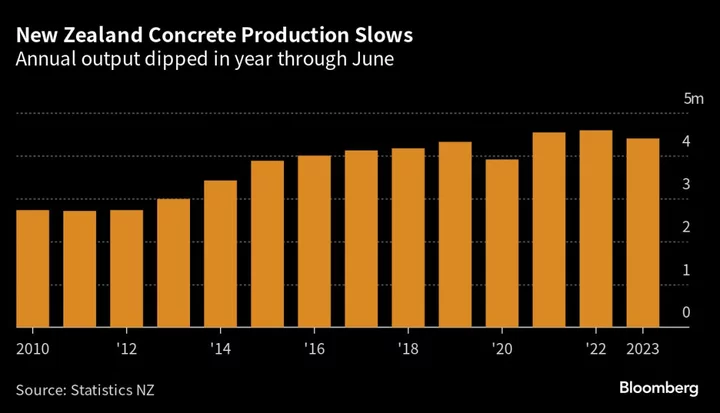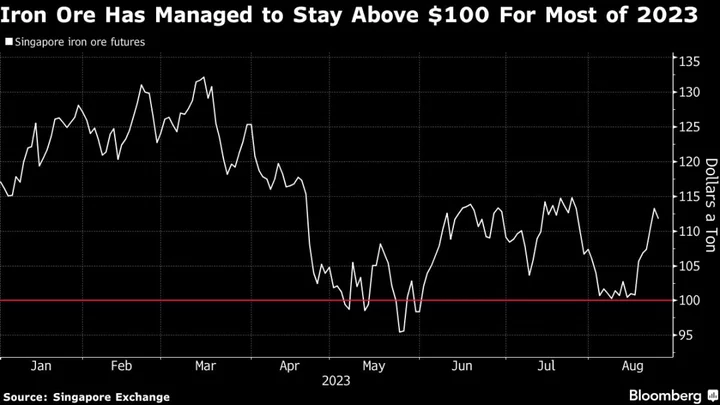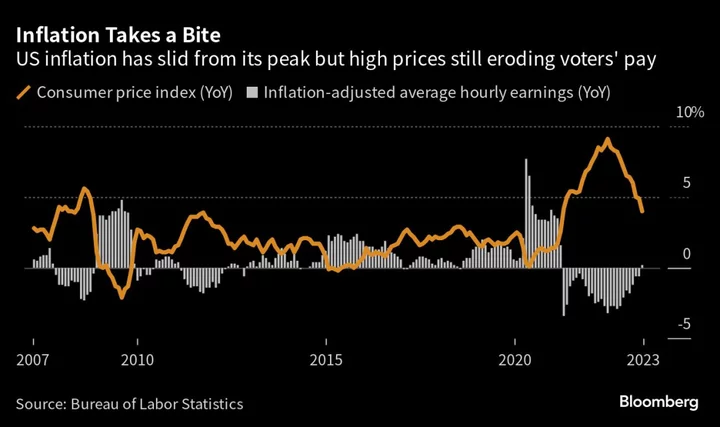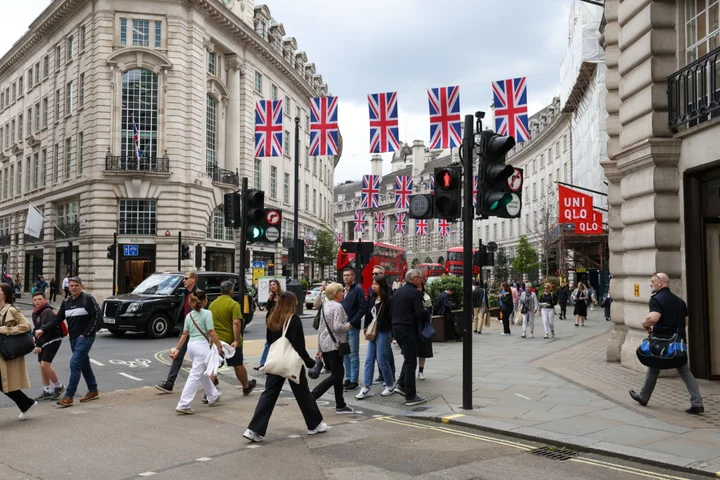New Zealand’s concrete industry wants to lower greenhouse gas emissions by 44% by 2030 as part of a roadmap toward becoming net zero carbon by the middle of the century.
The target, which is a reduction from 2020 levels, comprises curbing direct emissions from the chemical reaction when making cement and altering the fuel burned in the process, Concrete NZ said Thursday in Wellington.
The industry is trying to balance demand for concrete for building and infrastructure development against the need to reduce emissions as New Zealand makes progress toward its legislated 2050 net zero goal. The challenge for cement companies globally is that they contribute 7% of all carbon emissions because the manufacturing process requires intense energy and the chemical reaction produces so much carbon.
“To reach our ambitions, the industry needs significant regulatory, technological, structural, and behavioral changes across the cement and concrete value chain,” said Concrete NZ Chief Executive Rob Gaimster. “The imperative to reduce greenhouse gas emissions is a global one.”
Concrete use has grown steadily in New Zealand the past decade, driven by economic expansion and commercial construction, including roading and the rebuild after the Canterbury earthquake in 2011. Production was 4.4 million tons in the year through June, Statistics New Zealand said Thursday, down from 4.6 million tons a year earlier.
New Zealand has one cement plant, operated by Fletcher Building Ltd. at Whangarei, north of largest city Auckland. The plant has already taken steps to reduce its dependence on fossil fuel by using waste tires and wood to replace 50% of its coal consumption, and has also developed technology to use different products in the manufacturing process.
According to Concrete NZ, Fletcher will increase the use of mineral additions and “supplementary cementitious materials” which have lower embodied carbon and can be either added to cement or used directly to make concrete.
Beyond 2030, the broader industry will use carbon capture to further advance its emissions reduction, while it expects improved building and infrastructure design and other technological advances will also occur, Concrete NZ said.









